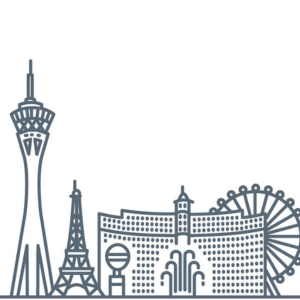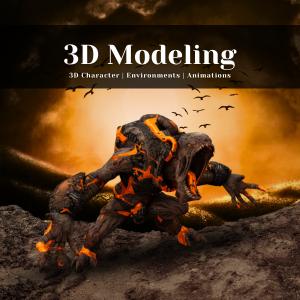Envisioning the Future of Animation: Emerging Trends and Technologies

As animation continues to evolve, propelled by technological advancements and creative innovation, several emerging trends are shaping the future landscape of the industry. From virtual reality (VR) animation to artificial intelligence (AI)-driven tools and immersive storytelling experiences, the future of animation holds exciting possibilities for both creators and audiences alike.
Virtual reality (VR) animation represents a paradigm shift in storytelling, offering immersive and interactive experiences that blur the boundaries between reality and fiction. VR technology enables users to step into virtual worlds, experiencing narratives from new perspectives and engaging with characters and environments in unprecedented ways. VR animation opens up new avenues for exploration in narrative storytelling, gaming, and experiential entertainment, pushing the boundaries of creativity and immersion.
Artificial intelligence (AI) is poised to revolutionize animation production with its ability to automate repetitive tasks, streamline workflows, and generate content with human-like intelligence. AI-driven animation tools leverage machine learning algorithms to assist animators in tasks such as character rigging, motion synthesis, and facial animation. These tools enhance efficiency, creativity, and flexibility in animation production, enabling artists to focus on storytelling and artistic expression while AI handles technical aspects.
Immersive storytelling experiences combine animation, interactivity, and emerging technologies to create captivating narratives that transcend traditional mediums. From interactive narrative experiences to location-based entertainment and augmented reality (AR) storytelling, immersive experiences transport audiences to fantastical worlds and engage them in dynamic storytelling adventures. These experiences offer new opportunities for collaboration between animators, game developers, and storytellers, fostering experimentation and innovation in narrative design.
Furthermore, advancements in animation technology, such as real-time rendering, cloud-based collaboration, and procedural animation, are reshaping the animation production pipeline and democratizing access to animation tools and resources. Real-time rendering engines empower artists to create high-quality visuals in real time, reducing rendering times and increasing creative flexibility. Cloud-based collaboration platforms facilitate remote teamwork and collaboration, enabling artists to work together seamlessly across geographic locations. Procedural animation techniques automate animation tasks and generate complex behaviors, enhancing realism and efficiency in animation production.
In conclusion, the future of animation is marked by emerging trends and technologies that push the boundaries of creativity, immersion, and storytelling. Virtual reality (VR) animation, artificial intelligence (AI)-driven tools, immersive storytelling experiences, and advancements in animation technology are driving innovation and shaping the future landscape of animation, offering new possibilities for expression and engagement in the digital age.




































